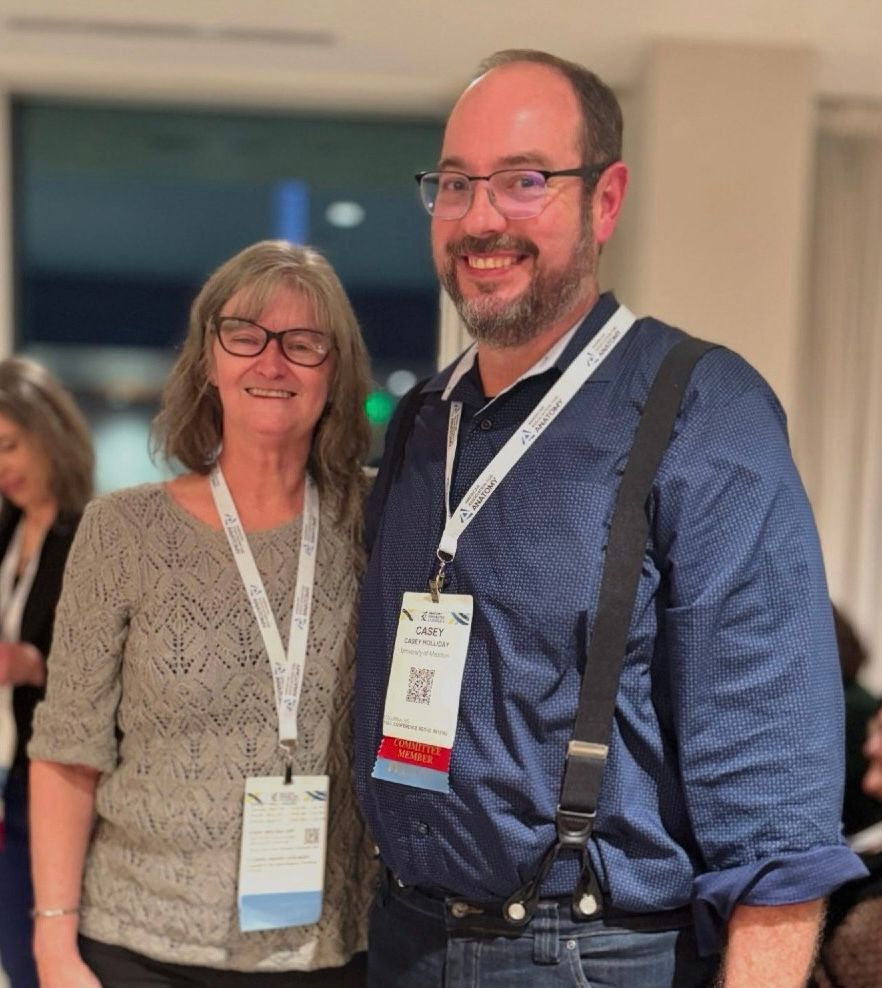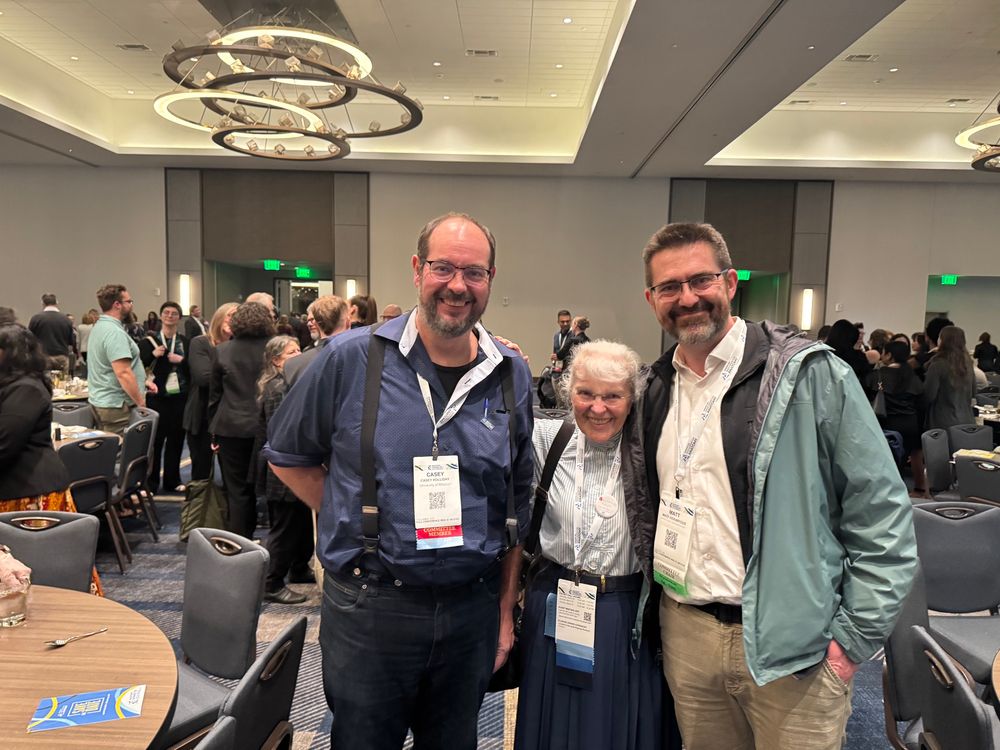Casey Holliday
@crocholliday.bsky.social
830 followers
450 following
72 posts
Anatomy, morphology, evolutionary biology, developmental biology, biomechanics, paleontology, imaging, maybe crocodiles
Posts
Media
Videos
Starter Packs
Reposted by Casey Holliday
Reposted by Casey Holliday
Casey Holliday
@crocholliday.bsky.social
· Mar 18
Casey Holliday
@crocholliday.bsky.social
· Mar 18
Casey Holliday
@crocholliday.bsky.social
· Mar 18

Dinosaur Jaw Muscle Evolution - A 3D model collection by Holliday Lab (@holliday)
This collection shares 3D models of skulls and jaw muscle resultant vectors demonstrating phylogenetic changes in muscle orientation along the lines to modern birds. While temporal muscles shifted to ...
sketchfab.com
Casey Holliday
@crocholliday.bsky.social
· Mar 17
Casey Holliday
@crocholliday.bsky.social
· Mar 17


























